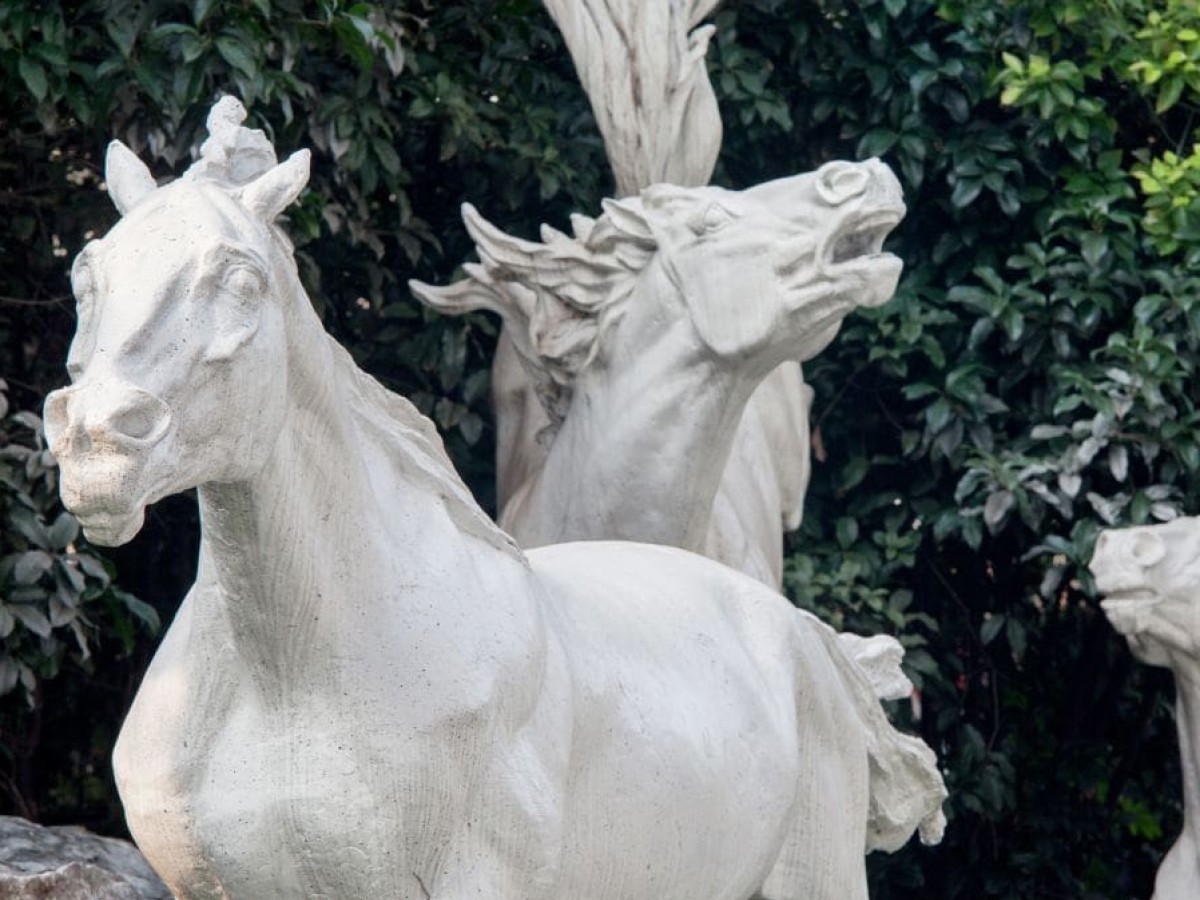Book Presentation and Films:
Karl Sierek: Wege. Spuren und Bahnen der Bewegung im Kino (Vol 3)
November 7, 2024
The six volume book series Pathways: Traces and Tracks of Movement in Cinema (Wege. Spuren und Bahnen der Bewegung im Kino; Sonderzahl Verlag) brings together path-building and film-making. Since its beginnings, cinema has presented, reflected and differentiated in moving images the furrowing of traces and laying of tracks through landscapes and cityscapes. One of humanity's oldest skills, the making of paths, encounters another one that is somewhat aged, the production of movement in pictures. The two cultural techniques of the transport of goods and images accompany one another through movie theaters and alternately cross-fertilize each other. They both retrospectively draw traces and prospectively blaze tracks. These trackings and tracings lead to the wealth of aesthetic expression that continue to lure us to the movies today.
Volume 3 investigates what it means to be on the way in cinema and on screen: Filmic paths and places constantly merge and show themselves as moving networks. Swimming or floating, flying or driving, or ways of walking on solid ground: Body techniques are formed by the characteristics of paths. The surfaces of paths are the basis of locomotion and form the dynamics of the tempi. The shapes of filmic paths are prospective and retrospective: Based on the presence of film perception, they do not only lead into what is coming, but also lay traces of what was. And finally, tracking: With it arose the foundational myths of the USA, USSR and the People's Republic of China. The Western, the Eastern and films about the Long March are tools in the global image politics of three hegemonic powers of the century of cinema. (Karl Sierek / Translation: Ted Fendt)
Western Union will be screened a second time on November 24, 2024.
The six volume book series Pathways: Traces and Tracks of Movement in Cinema (Wege. Spuren und Bahnen der Bewegung im Kino; Sonderzahl Verlag) brings together path-building and film-making. Since its beginnings, cinema has presented, reflected and differentiated in moving images the furrowing of traces and laying of tracks through landscapes and cityscapes. One of humanity's oldest skills, the making of paths, encounters another one that is somewhat aged, the production of movement in pictures. The two cultural techniques of the transport of goods and images accompany one another through movie theaters and alternately cross-fertilize each other. They both retrospectively draw traces and prospectively blaze tracks. These trackings and tracings lead to the wealth of aesthetic expression that continue to lure us to the movies today.
Volume 3 investigates what it means to be on the way in cinema and on screen: Filmic paths and places constantly merge and show themselves as moving networks. Swimming or floating, flying or driving, or ways of walking on solid ground: Body techniques are formed by the characteristics of paths. The surfaces of paths are the basis of locomotion and form the dynamics of the tempi. The shapes of filmic paths are prospective and retrospective: Based on the presence of film perception, they do not only lead into what is coming, but also lay traces of what was. And finally, tracking: With it arose the foundational myths of the USA, USSR and the People's Republic of China. The Western, the Eastern and films about the Long March are tools in the global image politics of three hegemonic powers of the century of cinema. (Karl Sierek / Translation: Ted Fendt)
Western Union will be screened a second time on November 24, 2024.
Related materials
Photos 2024 - Karl Sierek
Link Contributors


